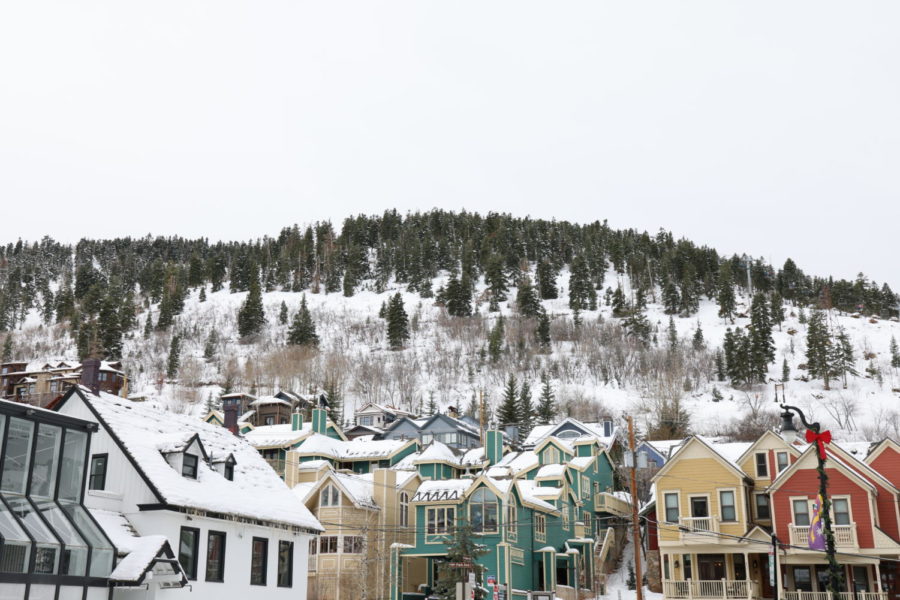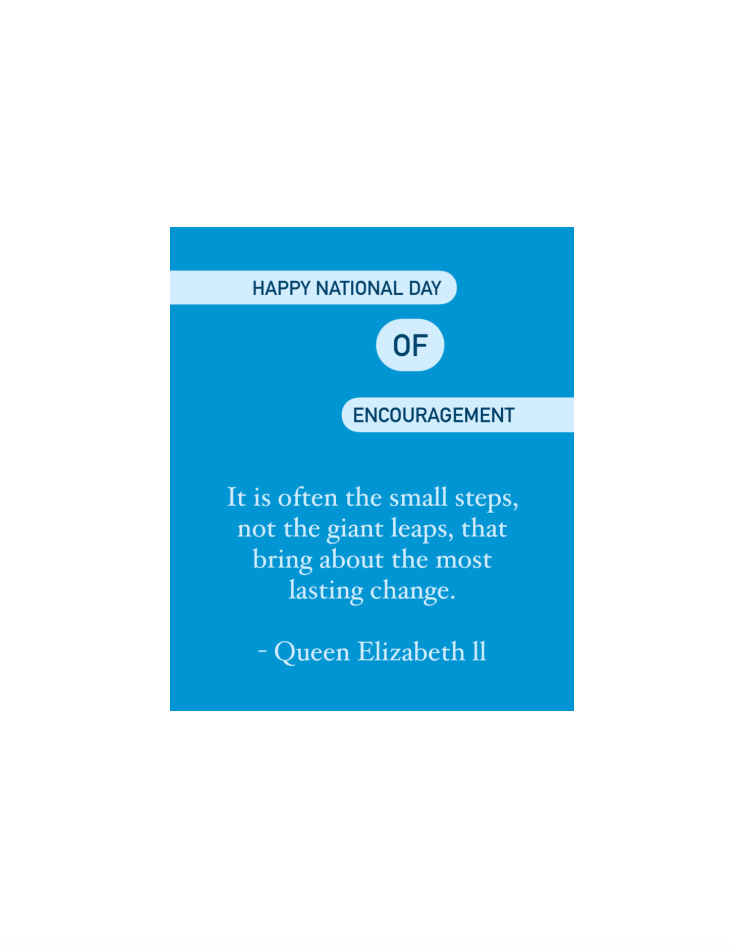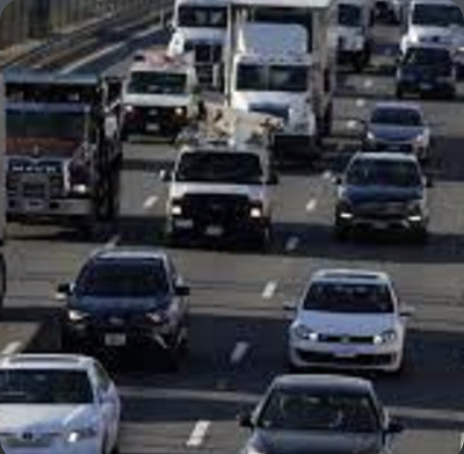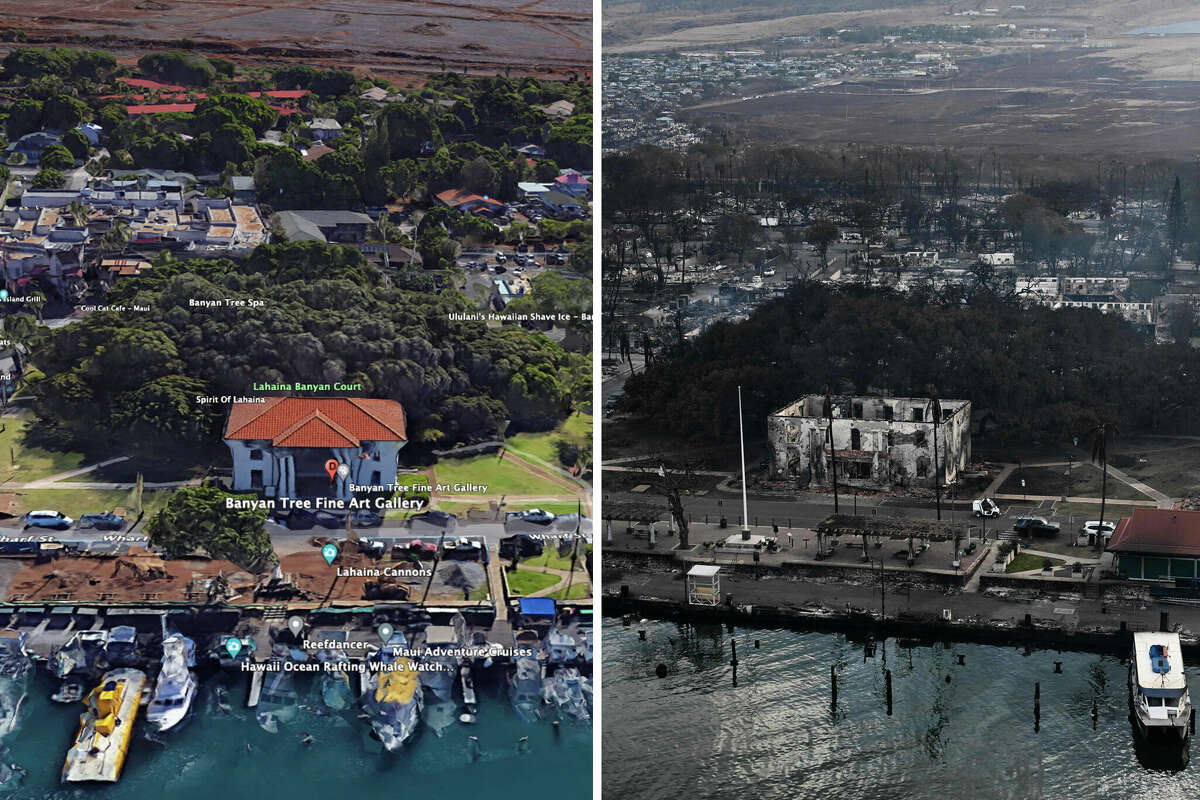The iconic Lahaina Banyan Tree, a symbol of strength and endurance for over 150 years, has been severely burned. On Tuesday, August 8th, in Maui County, winds up to 80 miles per hour tore live electrical wires from their poles, sparking fires that continue to burn and destroy the Hawaii island two weeks later.
The inferno, fueled by winds reaching up to 80 miles per hour, tore through the region, devouring nearly 3,500 acres of land and inflicting profound devastation on the Hawaiian island.
The impact of this disaster hits particularly close to home for the Turrell family, who have numerous close ties to Maui and its surrounding areas. Jei Turrell, 10th grade, expressed the profound loss experienced by the community: “The area that’s being affected is a really beautiful area. I’ve been there, and it’s honestly really sad to see this happen, to see the native islanders, who don’t have as much as is… to see them lose even more and not have their homes… it’s like the one thing they own.”
Ownership is not the only reason why the homes are so significant to the people of Maui, Jei Turrell explains. “In Hawaii, a very common thing is generational housing. You have three generations in one house, the grandparents, the grandchildren, and the adults in one house. To see them lose their house which is so important to them, their island which is so important to them… it’s a mess.” The profound emotional impact of these losses is felt deeply within the community.
“It’s upsetting,” Jei Turell says, “because a lot of the time with the Hawaiian volcanoes, their lava burns over and then turns green afterward because the minerals in it make [the land around the lava] grow better. So it’s sad to see all these fires burning and knowing that it’s not going to get greener.”
The fires have not only left behind a trail of destruction but have also posed severe health risks. The presence of toxic and cancer-causing chemicals, including asbestos, arsenic, and lead in the ash has prompted authorities to issue an unsafe water advisory. Maui County officials have urged residents to use bottled water or water from tankers for essential tasks, such as drinking and food preparation, to mitigate the risk of exposure.
As the crisis unfolds, the community has shown remarkable resilience and unity. According to the Maui County Civic Alert webpage, emergency shelters have been established to support survivors, providing a safe haven for those who have lost their homes, and electricity is being gradually restored in some areas, offering a glimmer of hope amidst the devastation.
Looking ahead, the road to recovery appears challenging. With over 2,200 homes destroyed, more than 4,500 people displaced, and a death toll of 114 reported as of August 20th, the toll on the community is immense. The impact on the local economy is also significant. As Jei Turrell noted, “A lot of people are encouraging others to not go to Hawaii in the upcoming year… because they’re dry on resources after all of this. They won’t even have the tourist revenue to rebuild off of.”
As Maui County grapples with the aftermath of this disaster, the resilience and unity demonstrated by its residents stand as a testament to the strength of the human spirit even in the most challenging of times.








































